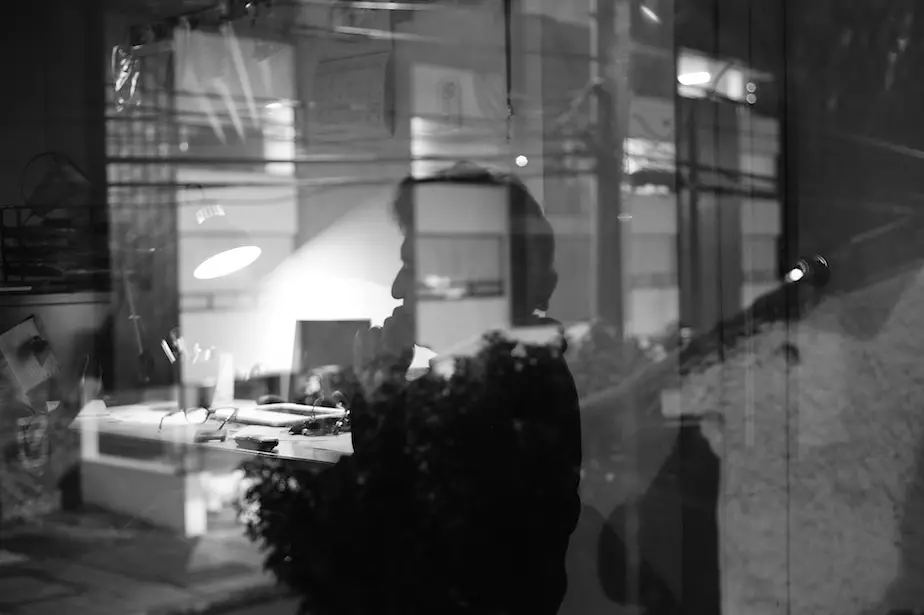Sustainia 100 is a catalogue of transformative ideas for sustainability – a “one-stop toolbox for sustainable solutions,” if you will. A new ‘toolbox’ is put together annually by the Danish organisation Sustainia, aiming to differentiate itself from other sustainability awards by focusing exclusively on solutions that are available today. By highlighting trends as well as the solutions that already exist to capitalise on them, Sustainia aims to create an army of world-changing ideas.
Within the 100 ideas highlighted in the catalogue ten focus specifically on cities, and a summary of those ten is provided below. Other categories include transport and buildings, so there’s a lot more with relevance to cities.Click the titles below for more information about the winning ideas, or click here to get your own copy of the Sustainia 100 catalogue.
1. Climate Resilient Neighbourhood
The City of Copenhagen wants to create a green climate resilient neighborhood in the city’s Østerbro district. In the Klimakvarter (climate neighbourhood), located in Copenhagen’s Østerbro district, planners want to prepare the city for heavy rains with green solutions at street level. The improvements create lush, green urban spaces while leading water from cloudbursts away from inhabited buildings to areas where it causes no damage. The solutions are being developed in cooperation with local residents and target both public (streets) and private areas (inner courtyards).
SFpark is pioneering parking management using demand-responsive pricing to make parking easier for urban dwellers in San Francisco, while reducing emissions due to circling for parking.under the slogan “Circle less, live more,” sfpark manages parking demand in san francisco by collecting and distributing real-time information about where parking is available. To help achieve the right level of parking availability, sfpark periodically adjusts meter and garage rates. The aim is to reduce double parking and the time distracted drivers circle looking for parking.
3. Peer-to-Peer Borrowing and Lending
neighborgoods.net is a social platform for peer-to-peer borrowing and lending. need a ladder, wheelbarrow, or power drill? borrow it from your neighbor. have a bike, backpack, or sleeping bag collecting dust in the garage? lend it out, and make a new friend. Neighborgoods facilitates transactions with a reservation calendar, automated reminders, wishlist alerts, and private messaging between neighbors. Neighborgoods also keeps track of members’ loaned property. Neighbors can rate each other and flag another member’s account if something goes wrong.
Tvilight combines hardware, a tiny intelligent module that includes sensors, wireless communication, and a dimmer that can be installed on any existing dimmable streetlight, and advanced software that controls streetlights, monitors electricity usage, and analyzes traffic data. The system detects human occupancy to control the light intensity in an area. The lights dim during off-peak hours, but when a unit detects a pedestrian, bicycle, or automobile, the surrounding lights return to full brightness.
SideCar is a ride-matching app that connects willing drivers on the roads with people needing a ride. Pre-screened drivers willing to make their private cars available to people in need of a ride are alerted via the SideCar mobile phone app when a ride is requested from someone nearby. If drivers accept the request, passengers are taken to their destination. At the time passengers submit a SideCar pick-up request, they receive a suggested average “donation” for their trip.
A new design method is optimizing distribution of daylight in cities to revitalize buildings and neighborhoods while reducing energy consumption. Daylight is a valuable resource to harness in cities. Henning Larsen Architects and Partners have developed a method for sustainable urban planning that systematically analyses and maps daylight in urban areas and buildings, putting in place an operational strategy for sustainable renovation in residences and on a city level.
7. Low-Carbon Growth in an Emerging City [pdf]
The Colombian city of Montería is increasingly being exposed to climatic changes such as heavy rainfall and risk of flooding. Montería Green City 2019 is a pioneering Latin American city initiative that targets current and future greenhouse gas emissions, adapting the city to climate change and improving urban growth. The plan comprises 26 actions to address 15 challenges in order to reduce GHG emissions by 20% by 2019.
8. Inner-City Bus Rapid Transit
Mexico City’s pioneer mobility project, Metrobus Line 4, utilizes all of the components of a successful bus rapid transit (bRT) system: dedicated lanes, enclosed stations with levelled access and prepayment, large buses with multiple doors, advanced fare collection, and a sleek image. Inaugurated in April 2012, Metrobus Line 4 runs through Mexico City’s historical downtown, with an extension to the international airport. Line 4 was carefully designed to preserve the colonial architecture of the historical city center.
9. River-Assisted District Cooling [pdf]
Gothenburg, Sweden, uses free cooling from the river Göta älv to pre-cool water used in its large-scale district cooling system. by using a combination of river water for pre-cooling and waste heat from an incineration plant to drive its absorption chillers, gothenburg substantially lowered CO2 emissions compared to conventional cooling methods. Customers get the environmental benefit of sustainable cooling at an affordable cost.
10. Retrofitting an Inner-City District
In the heart of London, the King’s Cross development is achieving sustainability while protecting cultural heritage.The 66 acre development at King’s Cross is creating a new piece of London: 50 new buildings, 2,000 new homes, 20 new streets, and 10 new parks and public spaces. The cultural heritage of the area was given priority during the “retrofitting” process. Reuse of heritage buildings and programs to create affordable homes are in place in order to protect social and cultural diversity.


